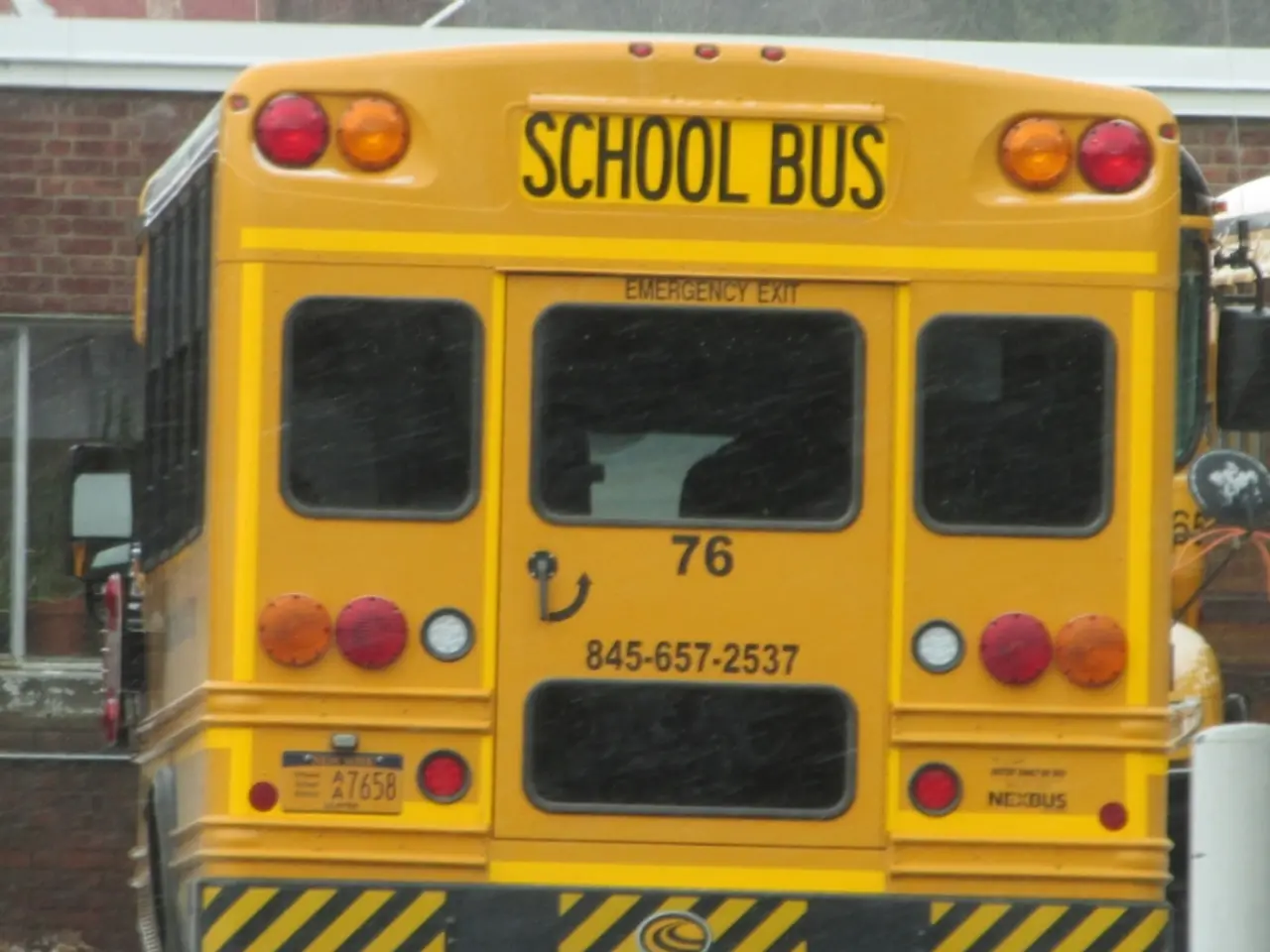Schools keeping a close eye on AI developments as a fresh academic year commences.
As the new school year approaches, schools are carefully navigating the integration of Artificial Intelligence (AI) into their classrooms. Alon Yamin, the cofounder and CEO of Copyleaks, is among those leading the discussion on preparing students, teachers, and parents for this transition.
Schools are focusing on finding a balance between innovation and accountability in AI education. This balance is being achieved through the implementation of robust privacy protections, usage limits, and academic integrity guidelines.
Privacy Protections
Schools and EdTech providers are adopting modern privacy-preserving technologies such as anonymization, pseudonymization, differential privacy, federated learning, and privacy-enhancing technologies (PETs) like homomorphic encryption. These measures are designed to minimize the use of personally identifiable information (PII) in AI systems, ensuring compliance with established laws like FERPA.
Usage Limits and Governance
Many districts are publishing AI Acceptable Use Policies (AUPs) that specify approved AI tools and prohibit practices such as uploading PII to consumer chatbots. This move aims to address concerns about uncontrolled classroom use of consumer AI applications that fall outside district oversight, reducing risks of data breaches or unauthorized data use.
Academic Integrity Guidelines
Schools are also educating students on ethical and responsible AI use, including how to evaluate AI-generated content critically and avoid academic dishonesty. Professional development for teachers helps set guardrails on how AI is integrated into instruction while maintaining standards of fairness and originality.
Vendor Agreements and Transparency
Best practices include requiring AI vendors to clarify how they use student data and explicitly exclude training models on students' classroom work to preserve trust. Districts are encouraged to monitor evolving AI regulations and remain adaptable to legal changes affecting privacy and AI governance.
In conclusion, schools are striving to leverage AI’s educational potential while upholding student privacy rights, securing data, limiting misuse, and safeguarding academic honesty as AI becomes a standard classroom tool entering the 2025-26 school year. Privacy concerns are being addressed, and schools are creating plans to balance innovation with accountability in AI education. AI education is a focus as students return to classrooms.
Technology integration in AI education is essential for preparing students for the future. To ensure a balanced approach that promotes innovation while maintaining accountability, schools are employing modern privacy-preserving technologies, implementing usage limits and governance policies, and establishing academic integrity guidelines, all aimed at education and self-development in an AI-driven society.




